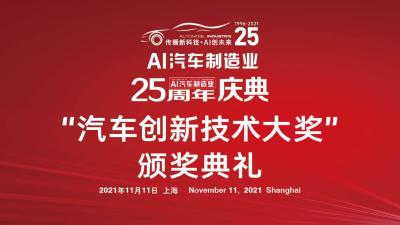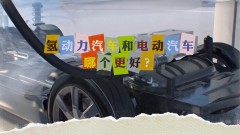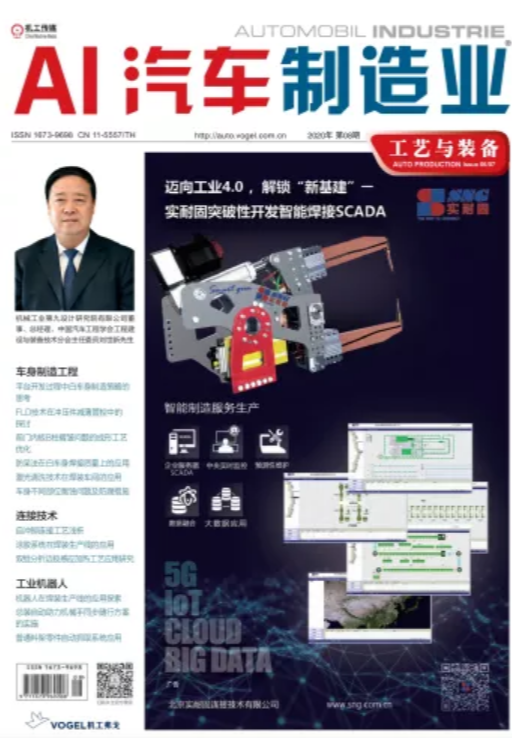BMW EfficientDynamics and E-Mobility Sustainable Mobility

Karl-Heinz Kustermann
Vice President Development, Homologation, Validation R&D China
BMW China Services Ltd.
Mr. Kustermann has been with BMW since 1987 after he has graduated mechanical engineer from the technical college Augsburg. During the first years with BMW he concentrated on fundamental development and became expert in fatigue strength testing of chassis components, followed by engine development in terms of design, operating strengths and material.
Mr. Kustermann started in 1997 his first international assignment, being responsible for manufacturing strategies at BMW South Africa.
Back to headquarter, Mr. Kustermann joint in 2000 Homologation, taking over the Homologation project team. In 2004 he moved first time to China as managing consultant at the BMW Joint Venture with Brilliance. Since Nov. 1st 2005 Mr. Kustermann is Vice President Development, Homologation and Validation R&D BMW China.
Climate change by industrial influences is a matter of fact and requires action by everyone, including the automotive industry.
BMW cars have reduced significant CO2 emissions through its Efficient Dynamics strategy. Important elements of BMW’s Efficient Dynamics strategy are brake energy regeneration, gear shift indicator, engine Auto Start Stop, intelligent energy management and last but not least the efficient engines and powertrains. This combines the customers wish with the environment requirements of today and tomorrow.
Particularly in city traffic the recovery and usage of brake energy delivers a valuable improvement in fuel economy. A suitable rating of high voltage battery and electric motor enables a greater proportion of electric driving and thereby further improvement.
In Battery Electric Vehicles (BEV) an electric drive train completely replaces the internal combustion engine. The MINI E, BMW Group’s first electric car delivered to customers is a field trial to prepare the way for the electric cars of tomorrow. Nevertheless, we need to remember that a long road with further technologies and innovations lies ahead of us before electric cars can be delivered in mass production. The energy density and volumetric density are not comparable with current automotive requirements. Manufacturing costs and product lifetime are still far away from typical values in the automotive sector.
When introducing electric vehicles, it is necessary not only to take into account the vehicles themselves, but all kind of influences leading to energy consumption. This includes the manner of electric energy production, transmission of electricity to charging stations and battery storage in cars causing significant increase of vehicle weight today. Once the currents limitations are overcome, electric mobility has great potential for sustainable “zero emission“ mobility by using 100% regenerative energy in the long term.















获取更多评论